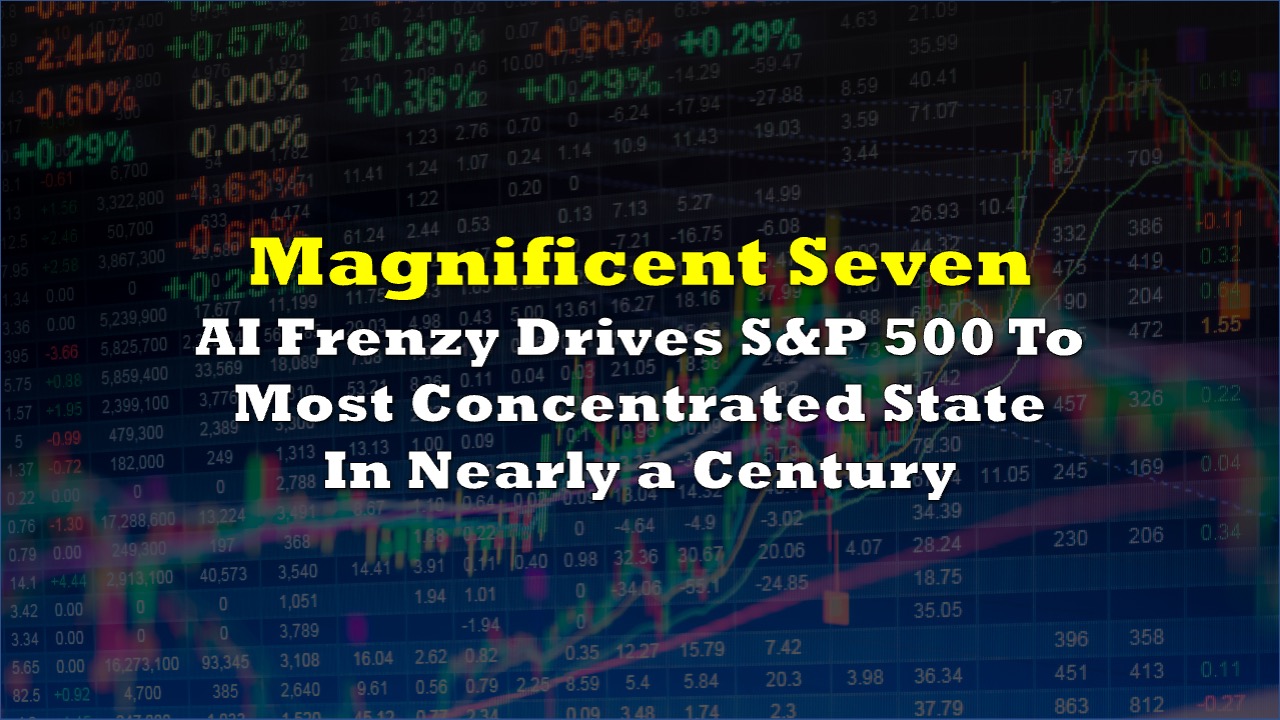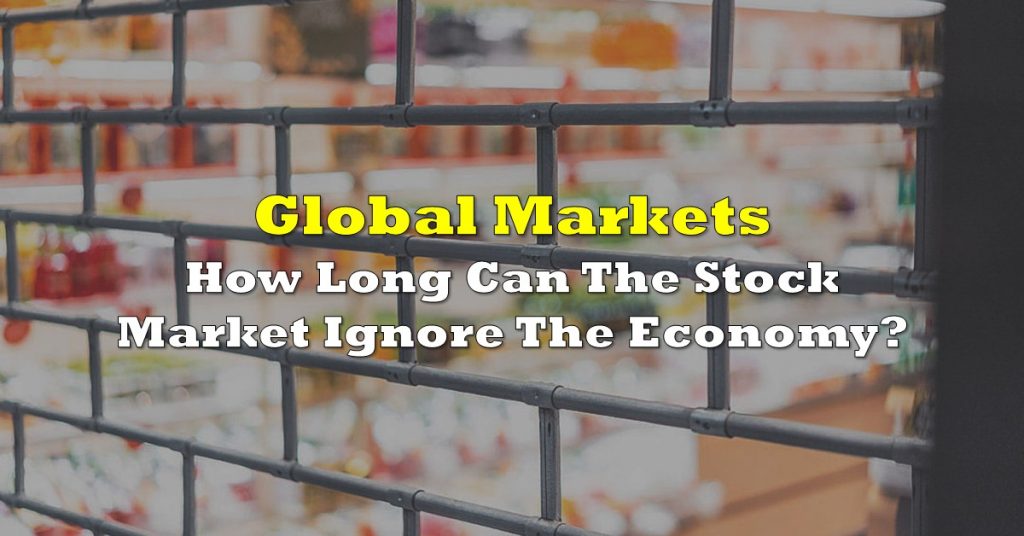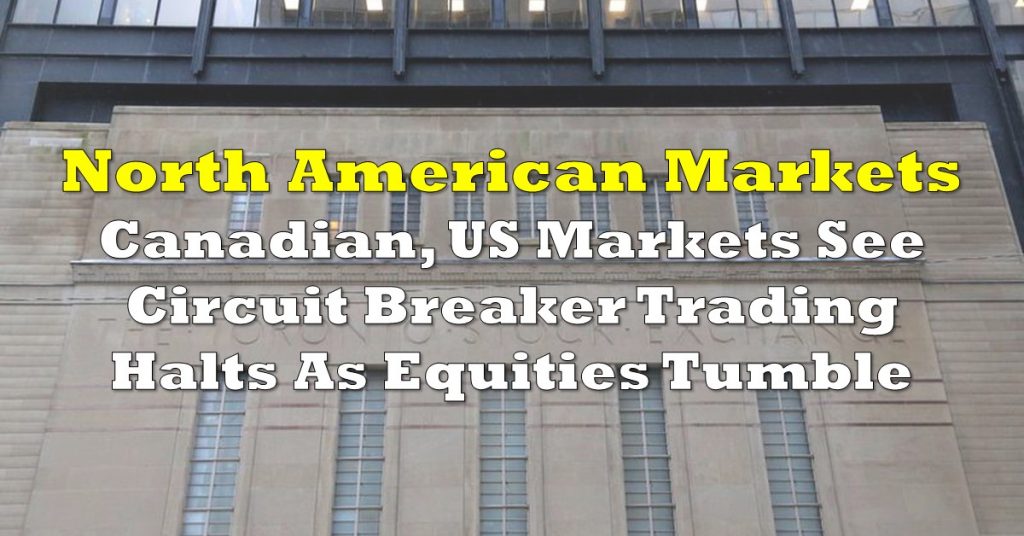The S&P 500 index is now demonstrating a level of concentration not seen since the 1929 bubble, marking a potentially historic moment in US financial history.
This concentration is largely attributed to the remarkable performance of seven leading technology and innovation-driven companies, the so-called Magnificent Seven: Apple (Nasdaq: AAPL), Alphabet (Nasdaq: GOOG), Amazon (Nasdaq: AMZN), Meta Platforms (Nasdaq: META), Microsoft (Nasdaq: MSFT), Nvidia (Nasdaq: NVDA), and Tesla (Nasdaq: TSLA).
These companies have propelled the S&P 500 to a more than 5% increase this year, riding the wave of investor enthusiasm particularly for artificial intelligence (AI), with companies like Nvidia and Meta experiencing significant gains.
This is what I meant by market cap concentration similar to the 1929 top. The credit needs to go to @jimreid35 from Deutsche Bank who produced this chart. He was interviewed in Barron's on 2/13/24: https://t.co/J1xKK63v1c. Valuations and sentiment are also similar. https://t.co/2BpeRdzMzx
— Kevin C. Smith, CFA (@crescatkevin) February 15, 2024
The disproportionate growth of these companies’ market capitalization compared to the rest of the index has led to this unprecedented concentration, raising concerns about the broader macroeconomic implications.
According to Deutsche Bank strategist Jim Reid, the current market structure could significantly influence global sentiment and the performance of a wide range of global assets moving forward. The dominance of the Magnificent Seven is so pronounced that their combined market capitalization rivals that of the world’s second-largest national stock market and doubles that of Japan, positioned fourth globally.
The concentration is expected to intensify if the Federal Reserve proceeds with anticipated interest rate cuts, a policy that traditionally benefits growth-oriented stocks like those of the Magnificent Seven. Lower bond yields, expected as a result of such monetary policy, could further inflate these companies’ valuations, which are heavily based on future earnings projections.
While several factors could sustain the growth of these tech giants, including their global reach, innovation capabilities, and the nascent stage of AI technology, there are also significant challenges ahead. Regulatory scrutiny, geopolitical tensions, and the rapid pace of technological change pose potential risks to their continued dominance.
Information for this story was found via Barron’s, and the sources and companies mentioned. The author has no securities or affiliations related to the organizations discussed. Not a recommendation to buy or sell. Always do additional research and consult a professional before purchasing a security. The author holds no licenses.












